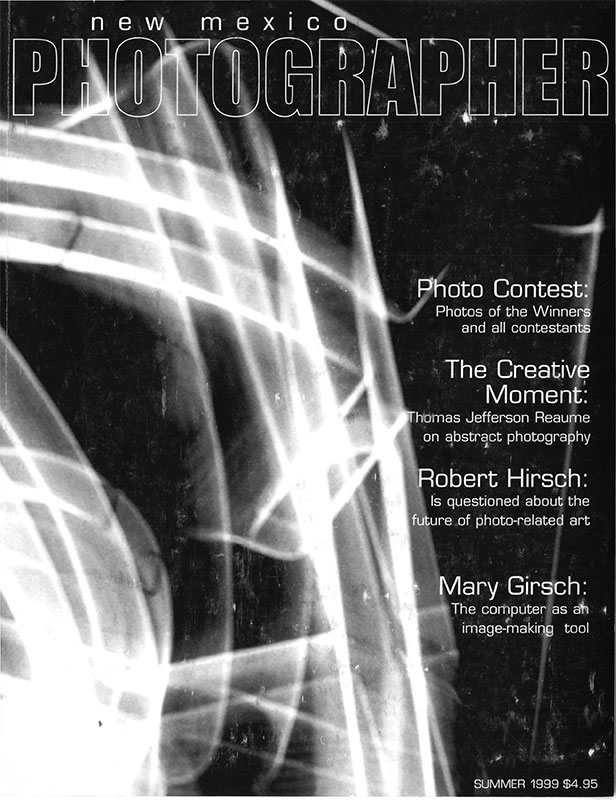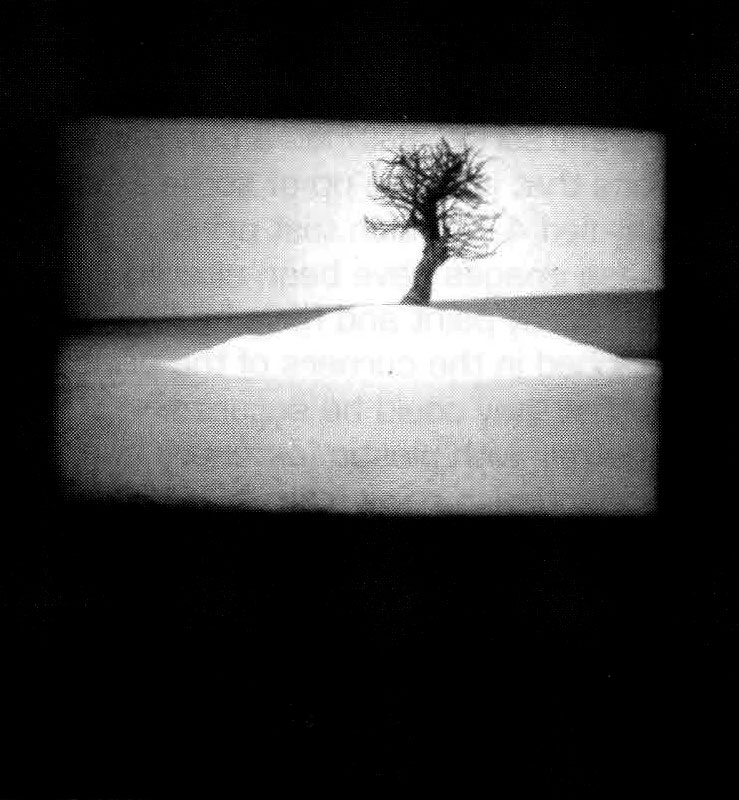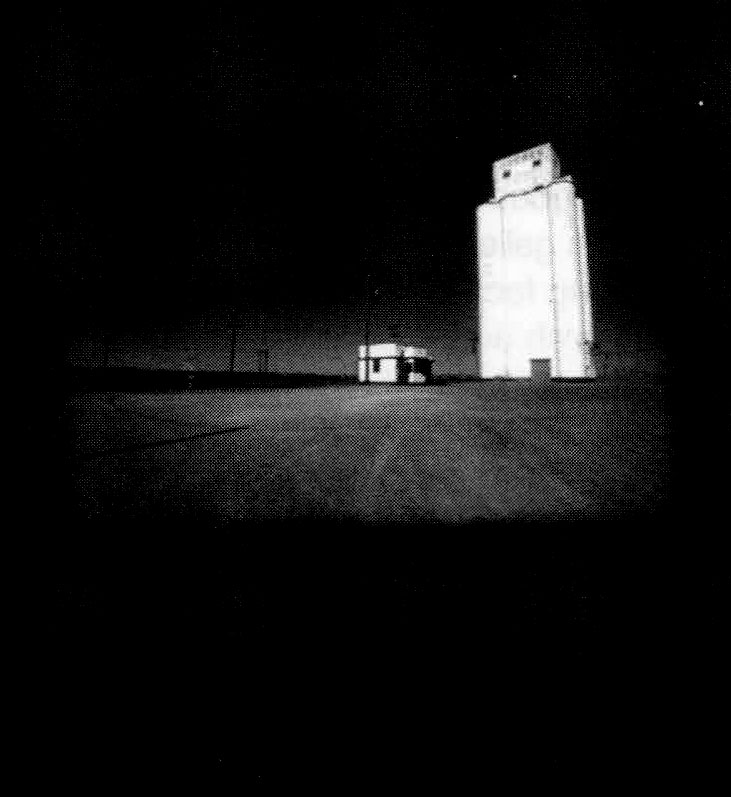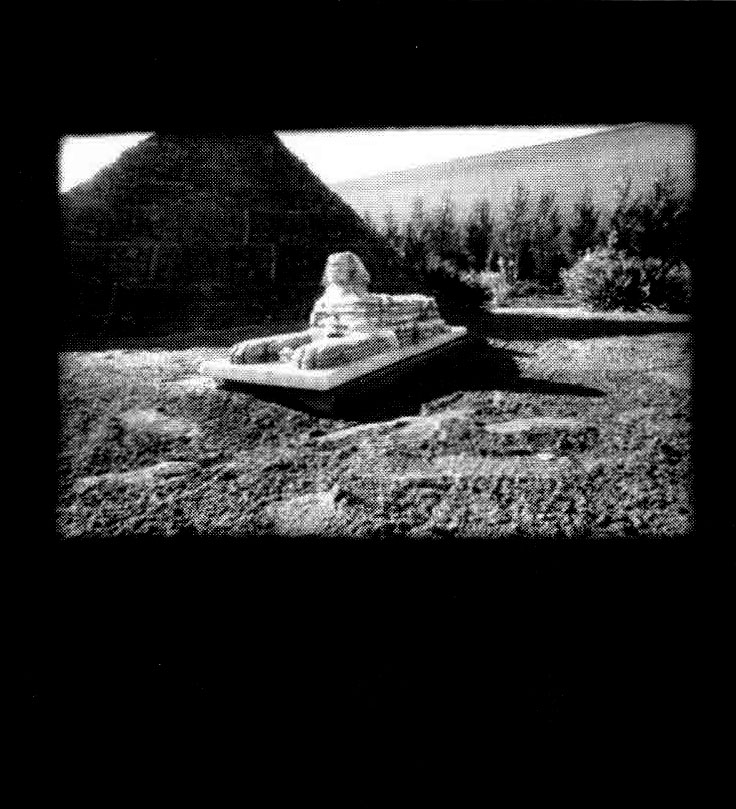Robert Hirsch: The Future of Photography

Being given the opportunity to do an article on nearly anyone or anything, it was without hesitation that I chose to interview the photographer and very busy Executive Director and Chief Curator of the Center for Exploratory and Perceptual Art (CEPA Gallery) in Buffalo, NY. Fortunately he was willing to take time out from his hectic schedule to grant us insight into his view of photography and his vision of the future of photography.
Kennneth A. Curtis interviews Robert Hirsch
KAC: What are you trying to express with your art?
RH: I think I can best answer that question by discussing the specifics of my current body of work: The Architecture of Landscape.
Despite the postmodern critique of representation and originality that has been central to art making and criticism for the last generation. the condition of “looking for something ” to commemorate, remains the essence of my photographic practice. How this act of looking is organized-its particular routines, uncertainties, and astonishments, is what makes my photographs unique.
This series visually extends the concepts of the transcendental landscape by exploring the dichotomies between our cultural and natural environments. The project mediates on how the construct of the landscape, from notions of the picturesque and the sublime to the technological architecture of commerce and industry, shapes identity and our surroundings. The images concentrate on the marks of human civilization-labor, leisure, and production- as an active force of the transformative nature of the world.
The work contemplates the process of making pictures, the necessity to stop time so that a scene can be thoughtfully comprehended. The camera is used to manipulate relationships of scale and space between subjects, and operation reinforced by the presentation-a tiny luminous picture floating in a black void that reinforces the experience of what it is like to look through a camera’s viewfinder. The smallness of the image titillates viewers to step up and focus closely on what may, at first glance, appear mundane . The experience invokes viewing movies in a darkened theater, where we are lured between the play of light and dark.
The project also communicates visual experiences that remain adamantly defiant to words. Words have the power to name the unnameable, but words also hold within them the disclosure of a consciousness beyond language. The image conveys the sensation and emotional weight of the subject without being bound by it’s physical content. The quickly glimpsed , the half-remembered, and the partially understood tap into our memory and emotions, holding up for examination that which attracts us for often indescribable reasons.

KAC: Other than photography, what other materials do you use to create your work?
RH: Anything that is necessary. The current series also has a companion piece that is made up of some 200 recycled 4 X 5 inch test prints. These images have been altered with spray paint and have had holes punched in the corners of the print so that they could be secured together with plastic fasteners and suspended in rows from a 12 foot metal pole. I have done other works that utilize collage, paint, drawing, and negative etching. Previously, I have combined three-dimensiona l objects like full-sized refrigerators, and tumble weed with photographic images.
KAC: Are you using computers now in your work?
RH: Not at the moment , but I have the means to do so and would not hesitate if I thought that would make my work stronger. Digital imaging is new, exciting, glamorous and relatively easy to learn. This leads some people to believe that becoming accomplished in techno logical procedures will make them artists. Mastering any skill can make you a fine mechanic, but it doesn’t guarantee that you will have anything worthwhile to say.
The rush to embrace new technology as a panacea is indicative of the larger conceptual problem surrounding digital imaging-that of artists’ attempts to discover a native digital syntax. This issue has been one that I have been examining for the past few years through dialogues with artists, critics, and scholars. The results of these findings will be presented this fall as a CEPA Gallery exhibition : Images in the Post Photographic Age. The project presents art that exploits digitally constructed realities and cultural issues of empirical truth, difference, gender, identity , sexuality, and representation. The exhibit examines how new technologies have led artists to explore hybrids of traditional media.

KAC: What is CEPA?
RH: CEPA is an artist-run , not-for-profit arts center in Buffalo , New York devoted to the education, creation, and presentation of photography and the digital arts. Since 1974 CEPA has provided a context for understanding the aesthetic, cultural, and political intersections of photo-related art as it is produced in our diverse society. CEPA’s galleries, public art sites, and imaging facility function as public research and education centers for the exploration of new ideas and technologies in the visual arts . CEPA presents works by emergent and established visual artists, and is committed to supporting projects that have been traditionally under represented in cultural spaces. To learn more about it’s activities, I encourage you to visit the CEPA website: cepagallery.org
KAC: What influence does photography (video, digital imagery) have on modern society?
RH: We are a society of images. Photo-based imagery is actively exploited in our society for numerous cultural, commercial, political , and social purposes. This is why it is important for people to be informed about nature of these images. The people need to pay attention to what it is they are looking at and not just accept images they are looking at without thinking. We should ask ourselves questions like: how are these images made; who is making them; why they are making them; how is their meaning manipulated; how do they circulate in society; and how is their meaning derived?

KAC: Does the advent of new digital technologies lessen photography’s role in society?
RH: Digital imaging has transformed the major role of photographer from a taker of reality-based images to that of a fabricator of images. At the same time, it has wreaked havoc with the power we have granted photography as a provider of visual truth.
KAC: With technology affecting visual truth, what is left to believe?
RH: Since belief is not predicated on factual information, we are in a situation when there is either not much, or everything , to believe in. This can be extremely freeing , in that digital technology has exposed many false assumptions about how a photograph functions, thereby allowing
new possibilities to emerge. Education should not be confused with belief. Part of education should involve the process of questioning the current assumptions of truth, keeping what still is deemed to be authentic and discarding that which is not.
KAC: Where do you see your personal style heading?
RH: Staring into the big blank of the future, I would like to achieve closure on the current visual project and then explore the topography of face and the body as a landscape.
Robert Hirsch is the Executive Director and Chief Curator of the Center for Exploratory and Perceptual Art (CEPA Gallery), in Buffalo, NY. He is the author of Exploring Color Photography , third edition; Photographic Possibilities; The Expressive Use of Ideas, Materials , and Processes ; and the forthcoming Seizing the Light: A History of Photography. His latest work has recently been exhibited at the Visual Studies Workshop, Rochester, NY and the Burchfield Penney Arts Center , Buffalo, NY. This summer he is scheduled to teach one week landscape courses at the Photographic Formulary Workshop in Condon, MT, and at the Visual Studies Workshop Summer Institute, Rochester, NY.
![]()
